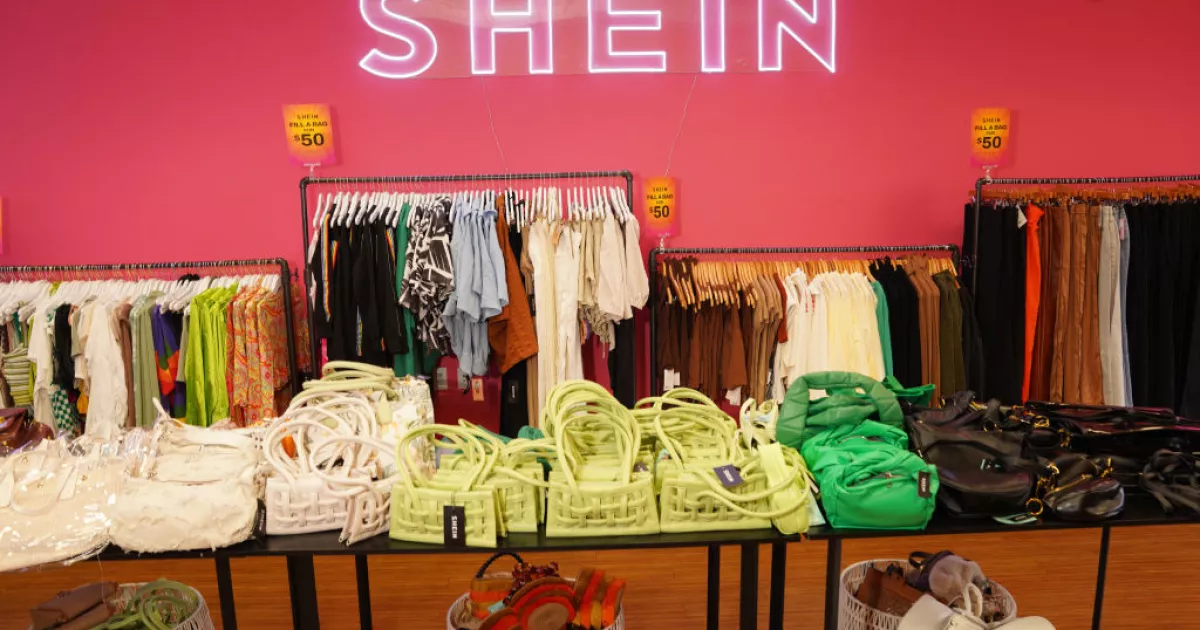The world’s largest e-commerce fashion retailer was valued at $100 billion following a recent financing round in April this year, making the online retailer worth more than H&M and Zara combined.
Shein was created by Chris Xu, an SEO specialist who graduated from Qingdao University in 2008, as a wedding dress shopping portal called ZZKKO. The brand expanded into the low-cost women’s clothing segment in 2010 and changed its name to SheInside.
Five years later, in 2015, it adopted the name of Shein after acquiring Romwe, a Chinese fast fashion company with warehouses and offices in California, which meant its entry into the United States and Latin America. Years later she expanded her offerings to men’s clothing, pets, accessories, technology, makeup, and homewares.
On its corporate channels, Shein claims to be committed to making fashion affordable and accessible to all. However, while it is undeniably a widely recognized entity and particularly known for its low prices, the online fashion retailer has not been without its various controversies in its rise to fame.
Sell high, sell low
The e-commerce chino adds 2,000 new items to its store every day. In addition, it ships to more than 220 countries, while Zara only has a presence in 96 countries and H&M is present in 74 markets, according to a Business of Apps analysis.
The company partnered with clothing manufacturers in Guangzhou, China, to speed up the pace of manufacturing. “Shein was able to attract manufacturers simply by paying on time. In the early 2010s, there was a high rate of late or non-existent payments in the Chinese manufacturing industry, and Shein gained a reputation for being very punctual with its payments,” the analysis explains.
These factories don’t make more than 100 pieces of clothing, and these small batches get to warehouses faster, have shorter storage times, and lower inventory costs.
“These economies of scale allow their prices to be incredibly low and other companies cannot compete with this, even though sometimes they are disposable merchandise,” explains Ángel Méndez, an academic at La Salle University’s Business School.
The academic explains that, due to the situation that the younger generations are experiencing, with penalized salaries, Shein becomes an option for them to access fashionable clothing at an affordable price. “This company knows its market, although it is because of its (social) media reach that it has managed to have an impact on such a large scale,” he adds.
In the past five years, Shein’s valuation has skyrocketed from $5 billion in 2019 to $47 billion in 2021, according to Business of Apps. The initial growth was mainly due to good results in the Indian and Saudi Arabian markets.
But most of Shein’s growth has come in the past two years. Revenues increased 398% from 2019 to 2021, despite accusations of mistreatment of factory workers and tests of textile contamination by the fast fashion. In this period, Brazil, Mexico and the United States are listed as its most important markets.


